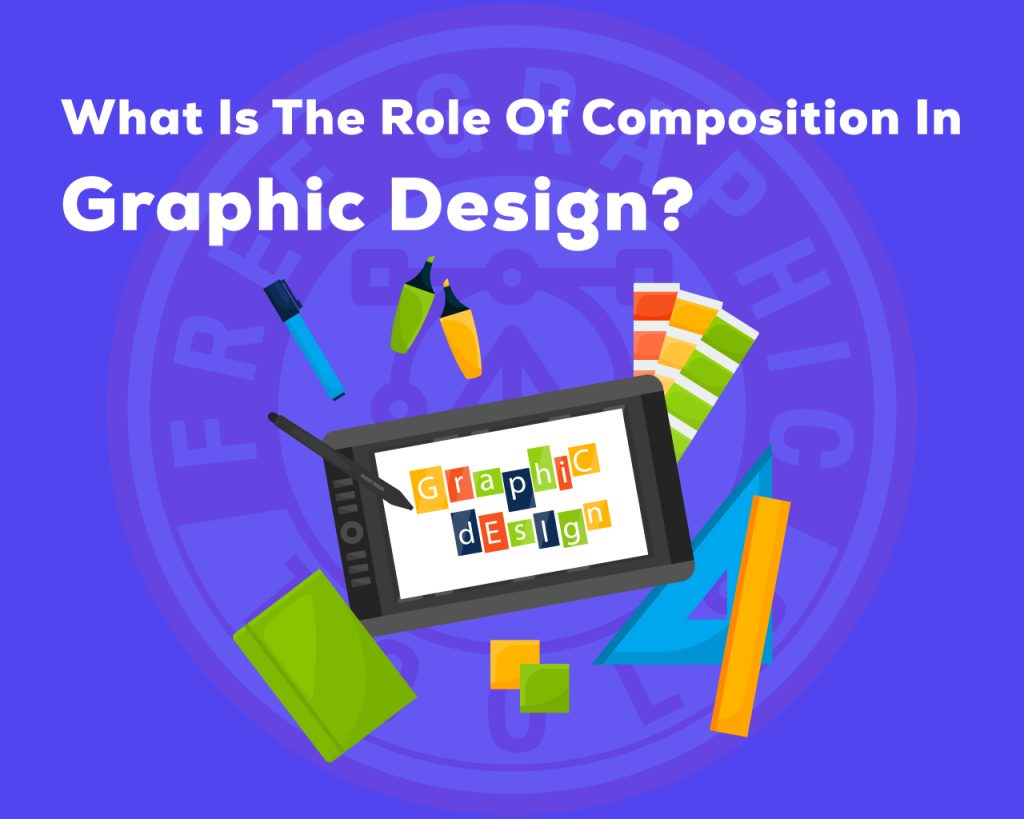245 Views
What Is The Role Of Composition In Graphic Design?

In Graphic Design, Composition Refers to the Arrangement and Organization of Visual Elements Within a Design. It Involves the Strategic Placement and Relationship of Various Components Such as Images, Text, Colors, Shapes, and Negative Space to Create a Visually Appealing and Harmonious Composition. Composition Plays a Crucial Role in Conveying the Intended Message, Guiding the Viewer’s Eye, and Evoking Specific Emotions or Responses. Here Are Some Key Aspects of Composition in Graphic Design:
- Visual Hierarchy: Composition Helps Establish a Clear Visual Hierarchy, Indicating the Relative Importance and Emphasis of Different Elements Within a Design. Through the Use of Size, Scale, Positioning, and Contrast, Designers Can Guide the Viewer’s Attention and Ensure That Important Information Stands Out.
- Balance: Composition Strives to Achieve a Sense of Balance and Equilibrium Within a Design. It Involves the Distribution of Visual Weight Across the Layout to Create a Feeling of Stability. Balance Can Be Symmetrical (Equal Weight on Both Sides) or Asymmetrical (Unequal Weight but Still Visually Balanced). It Helps Create a Harmonious and Pleasing Design.
- Alignment: Proper Alignment of Elements Within a Composition Brings Order and Coherence to the Design. Aligning Elements Along a Grid or Using Consistent Margins and Spacing Helps Create a Sense of Unity and Makes the Design Appear More Organized and Professional.
- Proximity: Composition Involves Grouping Related Elements Together by Placing Them in Close Proximity. This Helps Establish Logical Relationships and Visual Connections Between Elements. Proximity Aids in Organizing Information and Improving the Overall Readability and Comprehension of the Design.
- Contrast: Composition Utilizes Contrast to Create Visual Interest and Emphasize Important Elements. Contrast Can Be Achieved Through Variations in Color, Size, Shape, Texture, or Typography. By Contrasting Elements, Designers Can Make Certain Elements Stand Out and Create Focal Points Within the Design.
- Flow and Movement: Composition Considers the Flow and Movement of the Viewer’s Eye Across the Design. By Strategically Placing and Arranging Elements, Designers Can Create a Sense of Direction, Leading the Viewer’s Gaze Through the Design in a Deliberate and Purposeful Way.
- Negative Space: Composition Acknowledges the Importance of Negative Space, Also Known as White Space or Empty Space, in Design. Negative Space Refers to the Areas Around and Between Elements. Proper Use of Negative Space Allows the Design to Breathe, Enhances Legibility, and Improves Visual Clarity.
By Understanding and Effectively Utilizing These Principles of Composition, Graphic Designers Can Create Visually Compelling and Aesthetically Pleasing Designs That Effectively Communicate the Intended Message and Engage the Viewer.







